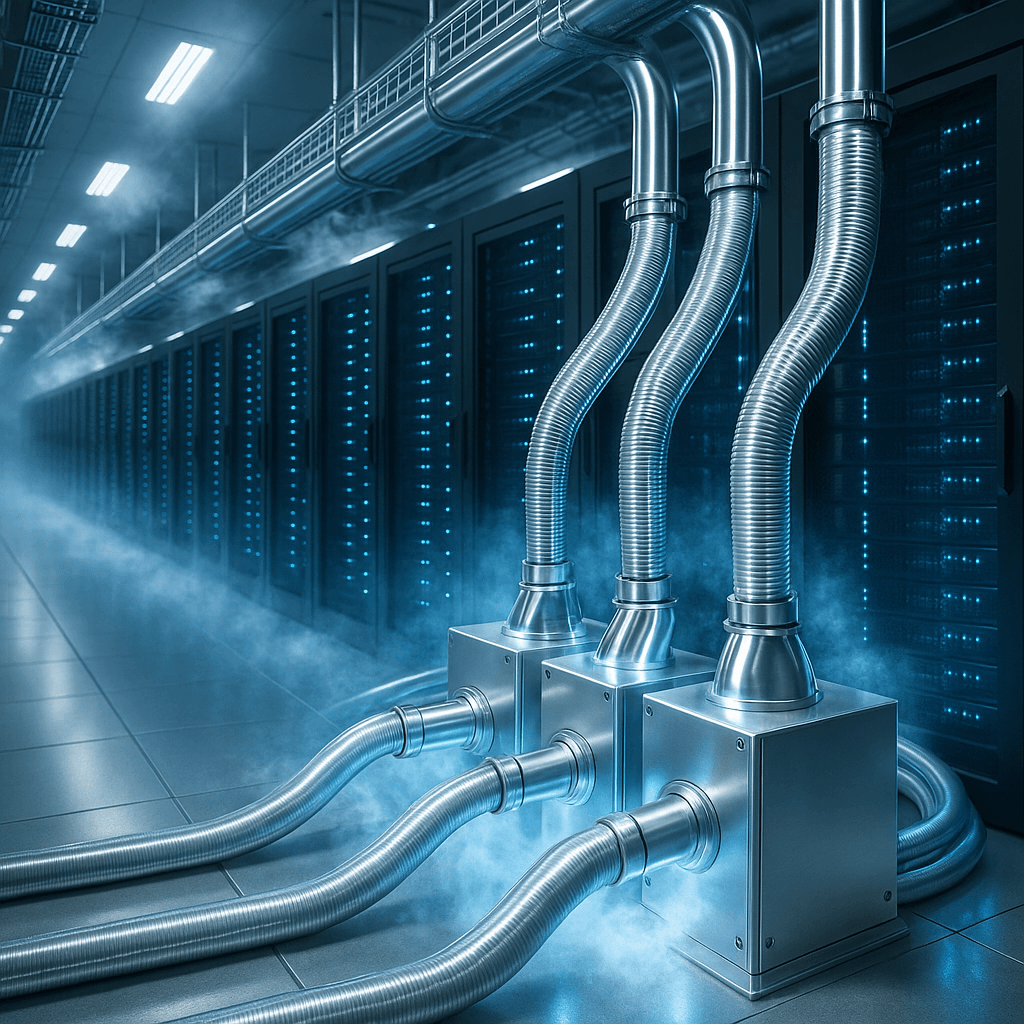Microsoft-backed startup VEIR is bringing superconducting cables to data centers as AI workloads push power demands from 200 kilowatts to multi-megawatt racks. The Massachusetts company's 3-megawatt cable system could solve space and heat problems plaguing next-generation facilities, with pilots starting next year before a 2027 commercial launch.
VEIR just made a strategic pivot that could reshape how data centers handle the AI power crunch. The Microsoft-backed startup is adapting its superconducting cable technology from transmission lines to solve an emerging crisis inside data centers themselves.
"In the next couple of years, it's going to be 600 kilowatts, and then we're going to a megawatt," VEIR CEO Tim Heidel told TechCrunch. "We're speaking to folks that are now trying to wrap their heads around the architecture for how you design data centers that have multi-megawatt racks."
The numbers tell the story of an industry hitting physical limits. Data center power demands have exploded from tens of kilowatts to 200 kilowatts in just a few years, driven largely by AI workloads that require massive computational power. At these scales, even the low-voltage cables bringing power to server racks become problematic, taking up too much space and generating excessive heat.
VEIR's solution involves the same superconducting materials it developed for long-distance power transmission, but reengineered for data center needs. The company's first product will be a cable system capable of carrying 3 megawatts of low-voltage electricity while requiring 20 times less space than traditional copper cables and carrying power five times farther.
The technology relies on superconductors - materials that can conduct electricity with zero energy loss when cooled to extremely low temperatures. VEIR wraps these materials in jackets containing liquid nitrogen coolant that maintains temperatures at -196°C (-321°F). Termination boxes at cable ends handle the transition from superconductors back to conventional copper connections.
"We're really a systems integrator that builds the cooling systems, manufacturers the cables, puts the whole system together in order to deliver an enormous amount of power in a small space," Heidel explained to TechCrunch.
The pivot from utilities to data centers reflects a shift in market urgency. While electric utilities remain cautious about adopting new technologies, data center operators are scrambling for solutions as AI demands outpace infrastructure capabilities. "The pace at which the data center community is moving, evolving, growing, scaling, and tackling challenges is far higher than the transmission community," Heidel noted.












